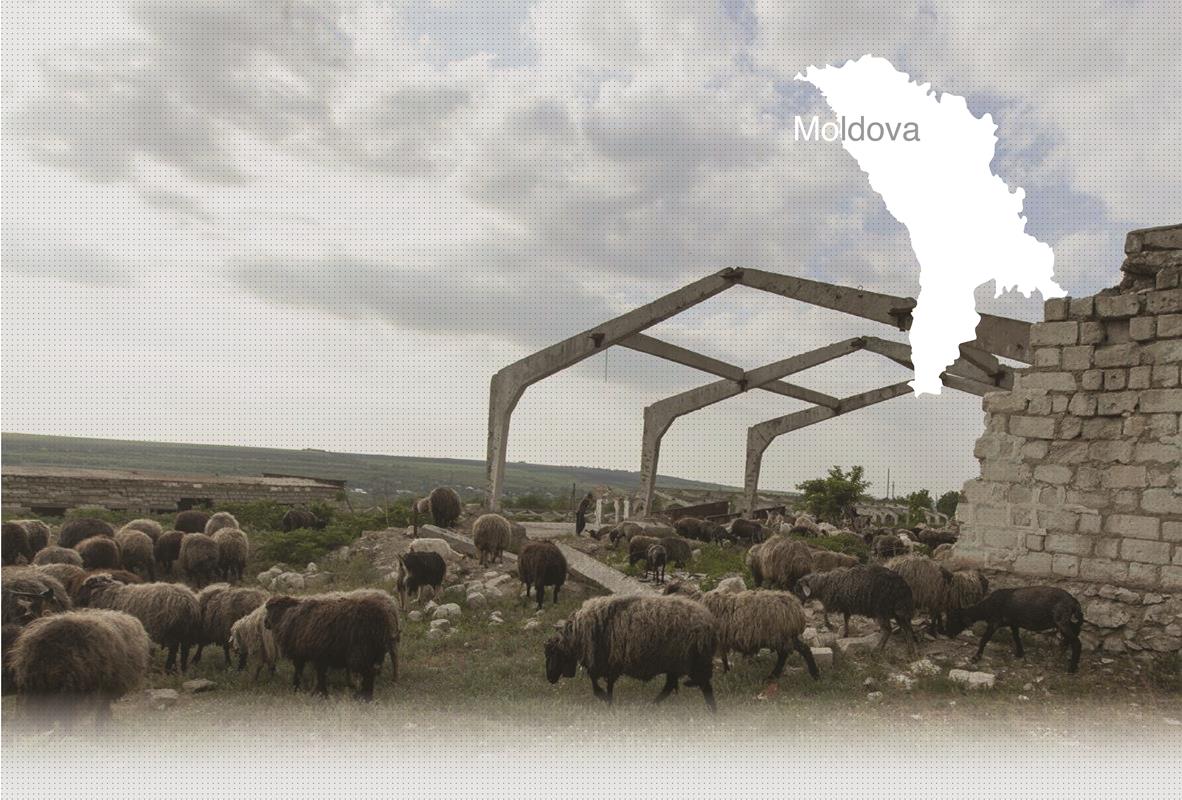

1 Killing site(s)
Mihai P., born in 1926: “When the war began, the families of local Jewish shop owners Șeida and Mința came to Doltu from a nearby village. They were seeking shelter because their village was already occupied by Germans who were persecuting and killing Jews. They hid in Șeida and Mința’s house. The next day, the Romanian gendarmes arrived in Doltu and arrested several dozens of Jews. They took them to a field, near the well, where they shot them. Two women managed to hide before the arrival of the gendarmes but both of them were caught the next day, when they came back home. The gendarmes took them to a small bridge on a canal not far from my house. I saw one of the women shot nine times before she fell in the canal. The other woman managed to flee but she was eventually caught and executed too.” (Eyewitness N°190M, interviewed in Doltu, on November 20, 2014)
"In July 1941 several Jewish men, women, and children from the village of Doltu were arrested by German-Romanian soldiers and shot outside the village in the direction of Doltu. The bodies were buried in 3 pits." [Act drawn up by Soviet Extraordinary Commission (ChGK) in 1944; RG 22.002M: GARF 7021-96-81/85]
Doltu is a village 10km from Fălești, the administrative center of Fălești District in the north of Moldova. According to Michail P., born in 1926, there were two Jewish women living in Doltu, Șeida and Mința. They had no children and they owned a shop in the village. They lived together in one of the houses. The biggest Jewish community of the region was in Fălești. In 1925, there were 160 Jewish families living in Fălești. The majority of them were farmers. In 1930 there were 3,258 living in the village (51.7% of the total). There were two Jewish cemeteries in Fălești as well as seven synagogues and a house of study. There was one Rabbi, a judge and four ritual slaughterers. There were two elementary schools and a Hebrew high school. There was also a hospital which served both Christian and Jewish communities.
Fălești was bombed on the 21st of June, 1941. This bombardment caused the first Jewish casualties. At that moment, many Jews decided to leave the town. Those who had carts would take their belongings and ride in the direction of Dniester. Others would flee on foot. Unfortunately, most of those Jews were caught on the way by Romanian and German soldiers and killed. Only those who managed to cross the Dniester river remained alive. The first German soldiers entered Fălești on June 27. The remaining Jews from Fălești, as well as those from the surrounding villages, were put into a ghetto established by the occupant. It was located at the town’s entrance. The local population and villagers from the nearby villages started to loot and burn Jewish shops and houses. By night, the German and Romanian soldiers abused young women. Later on, younger Jews were made to do forced labor. They were imprisoned in the great synagogue while others were taken out of the ghetto and forced to walk to the nearby village of Limbenii Noi. In September, the Jews were again deported, this time to Mărculești. In October, those who were strong enough to walk were deported to Transnistria. Only a very small number of the Jewish community from Fălești survived the war.
According to Mihai P., when the war broke out, Șeida and Mința’s families arrived in Doltu. The next day, the Romanian soldiers arrived in the village. They captured all the Jews and shot them on a local field. Only two Jewish women managed to hide in a vegetable garden before the arrival of the Romanian soldiers but when they came back home the next day, they were also caught and shot. Mihai was an eyewitness of the execution of one of those women who was shot on the bridge. The other woman managed to flee but she was eventually caught and executed too. Yahad-In Unm wasn’t able to find out where the bodies of these women were buried.
Do you have additional information regarding a village that you would like to share with Yahad ?
Please contact us at contact@yahadinunum.org
or by calling Yahad – In Unum at +33 (0) 1 53 20 13 17